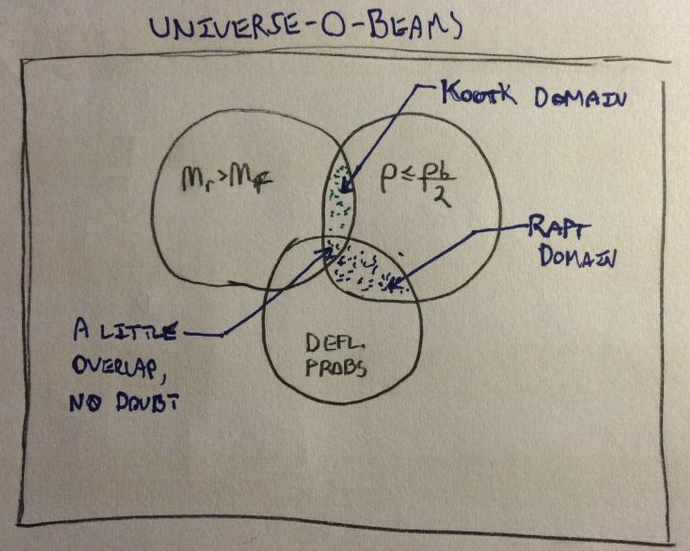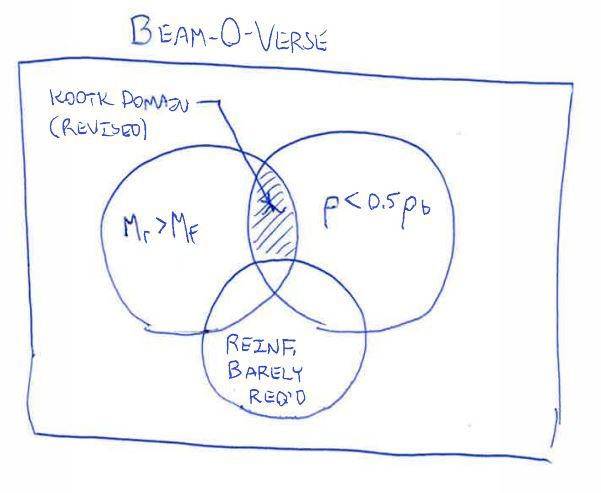Hi all,
I know full well the ins and outs of long term deflection - creep, shrinkage, cracking, f'c, mix design, restraint, P/A, compression reo and the list goes on...
But what I'm asking here are people's 'back of the envelope' deflection estimates.
For example, I've seen people get a quick figure by factoring up the elastic uncracked deflections - 3G + 1.5Q. This can be back calculated from various code equations.
I've also seen a RAM Concept file with the load combo - 3.35G + 1.64Q (note the creep factor being set to 3.35).
Anyone have any reference material that quotes some of these elastic uncracked deflection multipliers, purely just to get ballpark figures?
Or do people more opt for span/depth ratios to give them a feel for a particular design?
I know full well the ins and outs of long term deflection - creep, shrinkage, cracking, f'c, mix design, restraint, P/A, compression reo and the list goes on...
But what I'm asking here are people's 'back of the envelope' deflection estimates.
For example, I've seen people get a quick figure by factoring up the elastic uncracked deflections - 3G + 1.5Q. This can be back calculated from various code equations.
I've also seen a RAM Concept file with the load combo - 3.35G + 1.64Q (note the creep factor being set to 3.35).
Anyone have any reference material that quotes some of these elastic uncracked deflection multipliers, purely just to get ballpark figures?
Or do people more opt for span/depth ratios to give them a feel for a particular design?


![[shadeshappy] [shadeshappy] [shadeshappy]](/data/assets/smilies/shadeshappy.gif)
